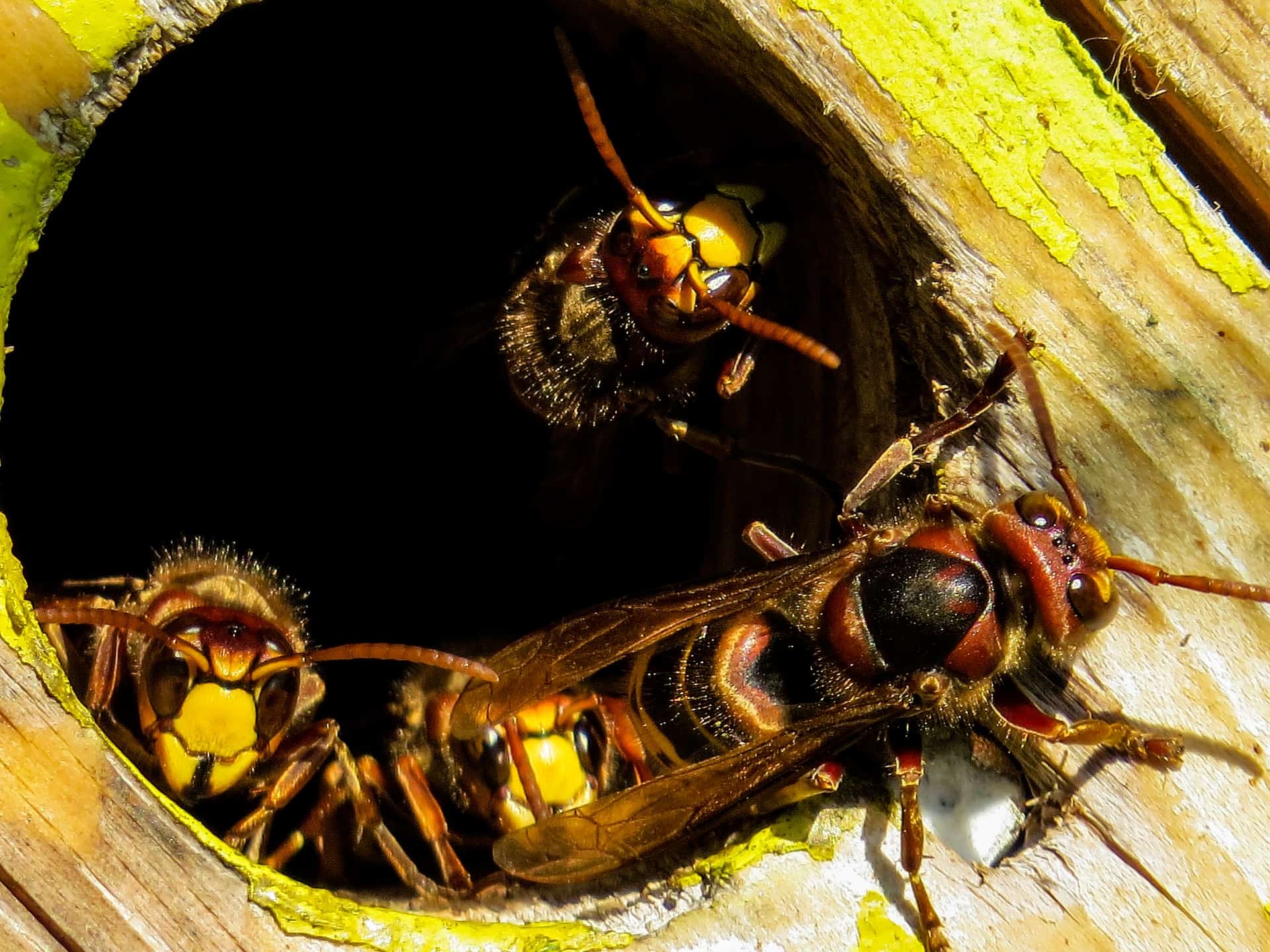The Italian ecosystem is threatened by a dangerous alien species of insect known as Vespa velutina, commonly known as the “killer hornet”.
The sting of this invasive species can be dangerous and put people’s health at risk. It is important to recognize this hymenoptera and report its presence in the area so that the necessary precautions can be taken.
The presence of Vespa velutina in Italy represents a serious threat to people, animals and crops.
This alien insect feeds mainly on bees and its sting can cause severe allergic reactions in humans (anaphylactic shock).
It is important to be able to recognize the presence of Asian hornets as early as possible in order to take proactive measures against them.
We can find out together how to identify the species and who to contact for reports, in order to know how best to counter its advance.
Who is the killer hornet and how to recognize it?
The Asian giant hornet, Vespa velutina, was introduced to Europe through the plant trade from China.
After spreading to France, the Asian killer hornet spread to several countries and is distinguished by its body color and size:
il Chest is black, the arti they are dark near the chest and yellow towards the extremities, while the abdomen it has dark brown segments with yellow-reddish bands.
When you come across a velutina wasp nest, you should notify the authorities or pest control specialists.
Nests can be up to 80 cm in diameter and are usually built high off the ground, but have also been found under roofs or in attics.
What to do if you find a killer hornet nest
Reports of Vespa velutina sightings can be submitted online or by email to organizations who will take care of safely removing them from areas where they are unwelcome.
The spread of this alien insect can cause considerable damage to the environment, so monitoring and containment are essential. Every citizen report helps keep our biodiversity safe.
